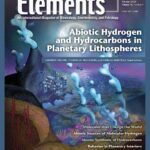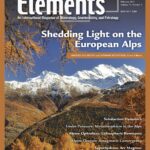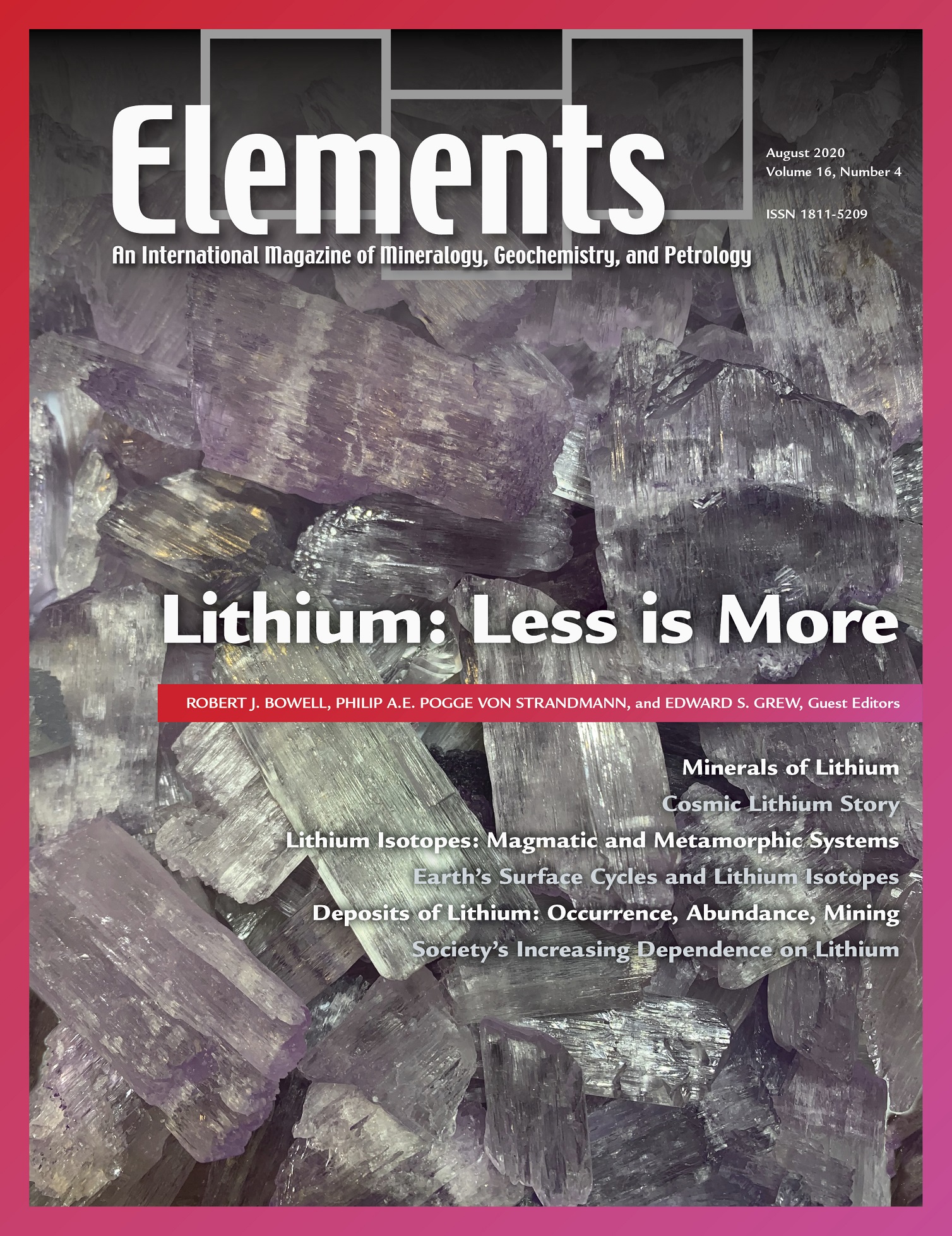
Abiotic Hydrogen And Hydrocarbons In Planetary Lithospheres, February 2020, Vol. 16, No. 1
June 28, 2024
Shedding Light On The European Alps, February 2021, Vol. 17, No. 1
June 28, 2024Lithium: Less Is More, August 2020, Vol. 16, No. 4
$20.00
Lithium is concentrated in Earth’s upper continental crust and is an essential constituent of 122 mineral species with the greatest mineralogical diversity found in pegmatites. Lithium occurs naturally in two isotopes, 6Li and 7Li, which are readily fractionated, thus becoming sensitive to geological and environmental processes.
Lithium: Less Is More
August 2020, Vol. 16, No. 4
Lithium is concentrated in Earth’s upper continental crust and is an essential constituent of 122 mineral species with the greatest mineralogical diversity found in pegmatites. Lithium occurs naturally in two isotopes, 6Li and 7Li, which are readily fractionated, thus becoming sensitive to geological and environmental processes. Closed-basin brines (58%) and pegmatites plus related granites (26%) constitute the main sources of exploitable lithium worldwide. Rechargeable batteries that take advantage of lithium’s light weight and high electrochemical potential offer the greatest potential benefit to the most people. Lithium compounds are also used to control bipolar disorder. In a word, life as we know it at the start of the 21st century would not be possible without lithium.
Why You’ll Love Elements Magazine:
- Expert Contributors: Articles written by renowned researchers in the field of geoscience.
- Engaging Content: Join a community of readers who are passionate about Elements.
- Exceptional Quality: Each issue is printed on high-quality paper with stunning visuals and detailed illustrations that bring complex scientific concepts to life.
Order your copy of the August 2020 issue of Elements magazine today and discover lithium: less is more.
Related products
-
Water On Mars, June 2006, Vol. 2, No. 3
$20.00During the past several decades, spacecraft data have transformed the planets from astronomical objects into geologic worlds. Mars is the current focus of planetary exploration, and NASA’s objectives for this effort are based on the theme, “follow the water.
-
Zircon – Tiny But Timely, February 2007, Vol. 3, No. 1
$20.00Where would Earth science be without zircon? As Earth’s timekeeper, zircon has proven to be a remarkable and versatile mineral, providing insights into deep time and ancient Earth processes. However, there is still much to learn about Earth’s history from zircon and its behaviour.
-
Carbon Dioxide Sequestration, October 2008, Vol. 4, No. 5
$20.00Storage of carbon in the subsurface involves introduction of supercritical CO2 into rock formations beneath the surface of the Earth, typically at depths of 1000 to 4000 meters. Although CO2 is a relatively benign substance, the volume being considered is large.




